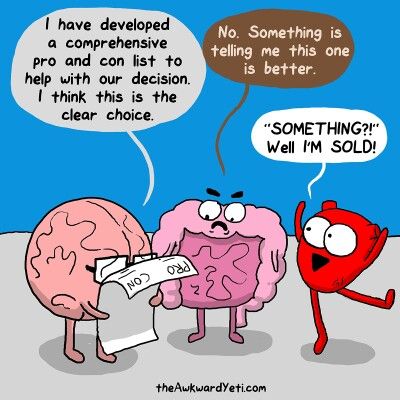
Do you know what motivates your customers to act? Why do they behave the way they do? While we may believe these people have problems that need to be fixed, but many researchers depicted they are probably happy just the way they are. When they make decisions, they’re not always in charge. Decisions are made irrationally many times. The closer the scientists look, the clearer it becomes that human brains act like animal brains in many situations. Scientists have researched that the human brain, ancient and modern, collaborate and compete when we make decisions. Many experiments have illuminated the aggressive participation of our emotion-driven animal brains in all kinds of decision-making. And much of this decision-making process in our brains is devoted to the conscious calculation of risks and rewards.
Thrill of the hunt or Pleasure of the feast.
A famous womanizer from Paris used to take enormous satisfaction in the conquest but little pleasure in the sex, like for many the chase of money is more exciting than actually receiving it. The excitement is in the chase. This emphasizes a fundamental fact about how our brains experience rewards. Whether it’s reacting to sexual conquest, a risky business deal, or an addictive drug – the brain often distinguishes clearly between the thrill of the hunt and the pleasure of the feast. A famous neuroscientist at Massachusetts General Hospital, Hans Breiter, in collaboration with the behavioral economist Daniel Kahneman, showed that the brain regions that respond to cocaine or morphine are the same ones that react to the prospect of getting money and to actually receiving it. And to chocolate, sex, music, attractive faces, and sports cars also arouse this reward system. And sweet revenge.
Evolutionary theory
The evolutionary theory focuses on getting results for your personhood. In this theory, the motivation behind human behavior is the desires that are seen as the need to survive, look attractive & superior to mate, and reproduce most optimally. In fact, today’s top tech companies have successfully created products and used technology that appeals to basic human desires. Scott Galloway equates the Big Four – Google, Facebook, Apple, and Amazon – to the Four Horseman of god, love, sex, and consumption respectively, in his book “The Four – DNA of Amazon, Apple, Facebook, and Google”. With our desires in their sights, ‘The Four’ have examined and deconstructed the strategies to make it as easy and rewarding as possible for people to engage with the platform and consume to satisfy the given desire. In Galloway’s thesis, each of The Four appeals to a specific human organ. From the perspective of evolutionary psychology, all successful businesses appeal to one of the four areas of the body:
- the brain (Google)
- the heart (Facebook)
- the guts (Amazon)
- the genitals (Apple)
Each is tasked with a different aspect of survival.
1. Brain – the Gray Matter:
The brain is a calculating, rational thing. To do its job, the brain weighs costs & benefits, balancing trade-offs by the millisecond. Once the brain determines the rational best choice – it’s decisive, monogamous, and loyal.
2. Heart – the Big Emotions:
Because most of our actions, including purchases, are driven by emotions – originating from the heart. Emotion-based decisions are easier and more fun, and easily turn off the brain for a predictable cost-benefit analysis. The heart is also powered by the greatest force in history – love. The heart may be irrational, but as a business strategy, targeting the heart is sober & shrewd. For a marketer, each string tugging at the consumer’s heart translates to margin. There’s beauty, patriotism, friendship, masculinity, devotion, and above all, love. These are the values you can’t put the price on – but marketers do.
Facebook appeals to our hearts. It connects us with friends & family. Facebook’s genius was not just in giving us yet another place on the web to establish our identities, but also the tools to enable us to enrich that presentation. The unseen power of Facebook is that it not only deepens our connections to those groups but by provides more powerful lines of communication. This makes us happier, and accepted, and loved.
3. Guts – conversation between Emotion and Reason:
People pay close attention to rewards (feelings of excitement) and fear (an intense expression of loss aversion) and ask when such a feeling arises, “What causes this? Where did these feelings come from? What is the context in which I’m having these feelings?” By consciously monitoring moods and related decisions, people can become more savvy users of their gut feelings. It’s the conversation between reason and emotions – between brain and heart.
If google represents the brain, Amazon is a link between the brain and our acquisitive fingers – our hunter-gatherer instinct to acquire more stuff.
4. Genitals – Erogenously Yours:
These organs drive desire and the relentless instinct to procreate. They bypass cognition and love, tying their business to the pleasure-packed ecosystem of mating rituals. Men have been driven, since humanity’s caveman days, to spread their seed to the four corners of the earth. Men strut power and wealth, attempting to signal to the females they’ll be good providers, our progeny are more likely to survive. By comparison, women’s evolutionary role is to attract as many suitors as possible, so as to select the most promising – strongest, fastest, smartest – mate. To this end, women will contort into a $1085 pair of ergonomically impossible Christian Louboutin platform shoes rather than wear comfortable affordable flats.
Brands that appeal to the genitals are thriving. The lust for Apple-branded products has given the company its cult-like status. It’s self-expressive and beautiful. Only by addressing our procreative hungers could Apple exact the most irrational margins. Apple’s marketing and promotions have been on the lines of the great luxury brands – the message is that it will make you better than your sexual competitors: elegant, brilliant, rich, and passionate.
Understanding what drives our customers can be a beneficial part of becoming more successful, and create an easier decision-making process. In understanding the driving forces behind customers’ actions, we can also understand how to motivate them while appealing to which desire.
References:
“The Four – DNA of Amazon, Apple, Facebook, and Google” by Scott galloway
hbr.org/2006/01/decisions-and-desire
elisabethkingsley.com/blog/head-heart-gut-brains(image)
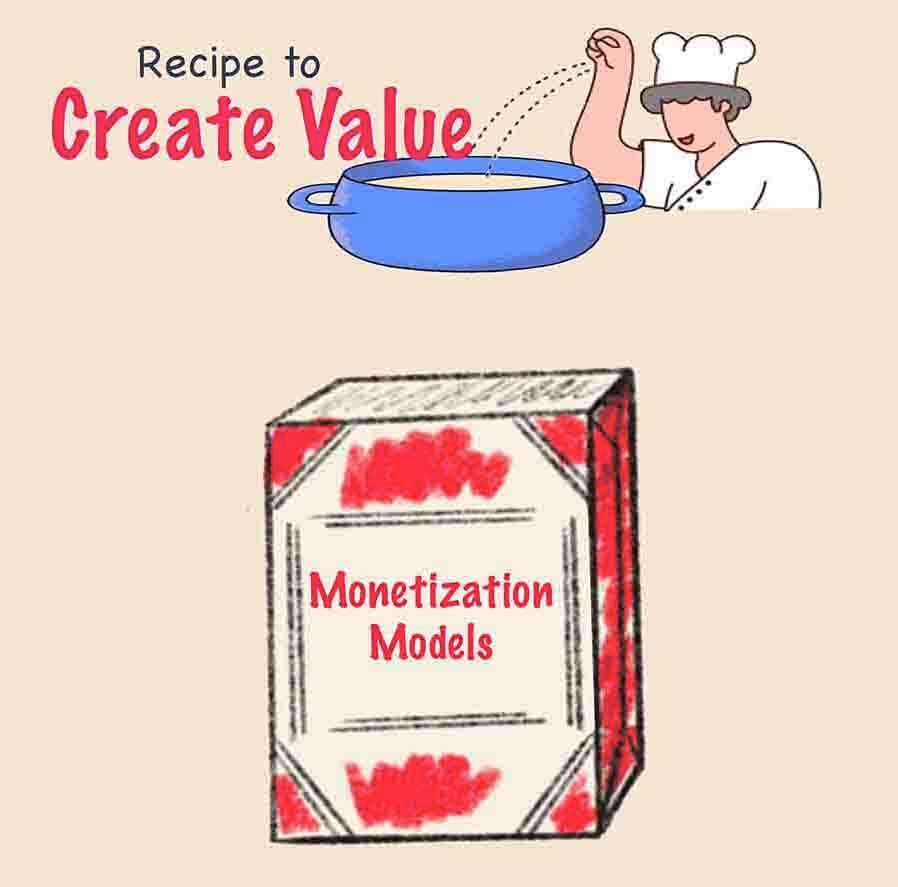
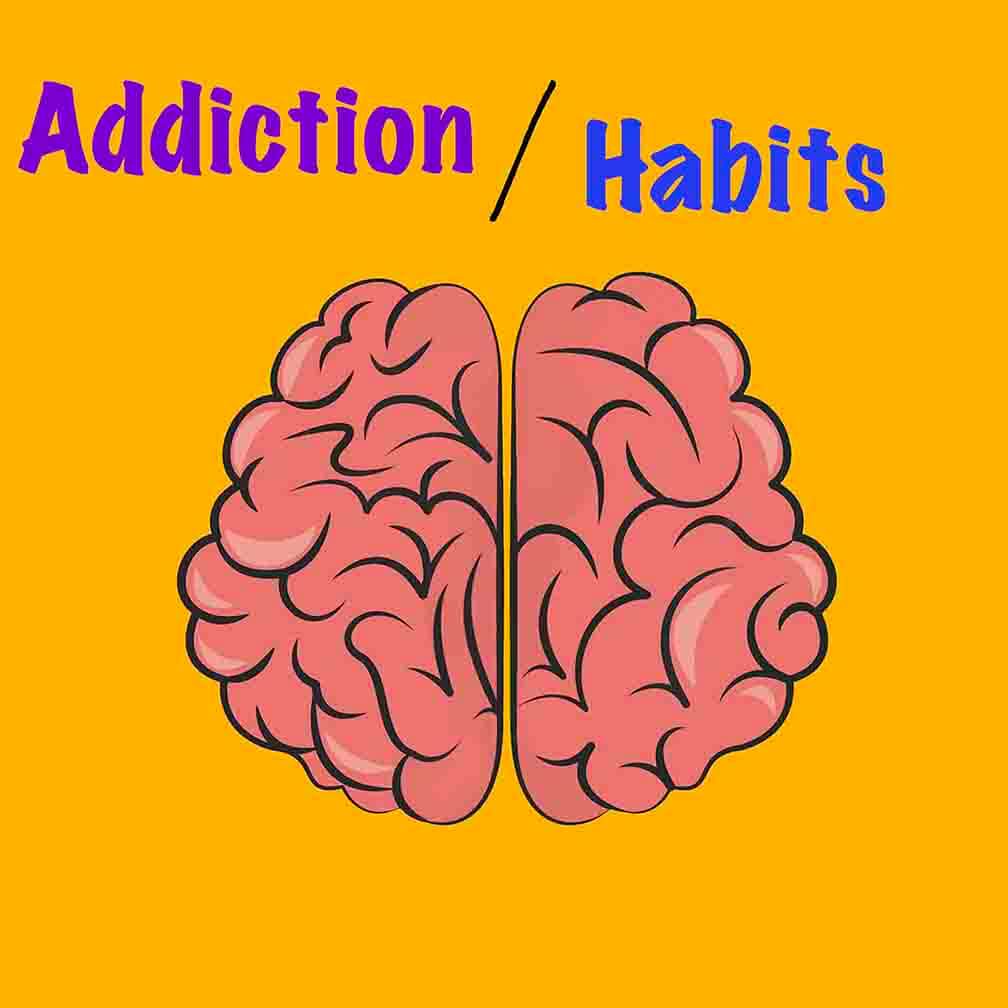
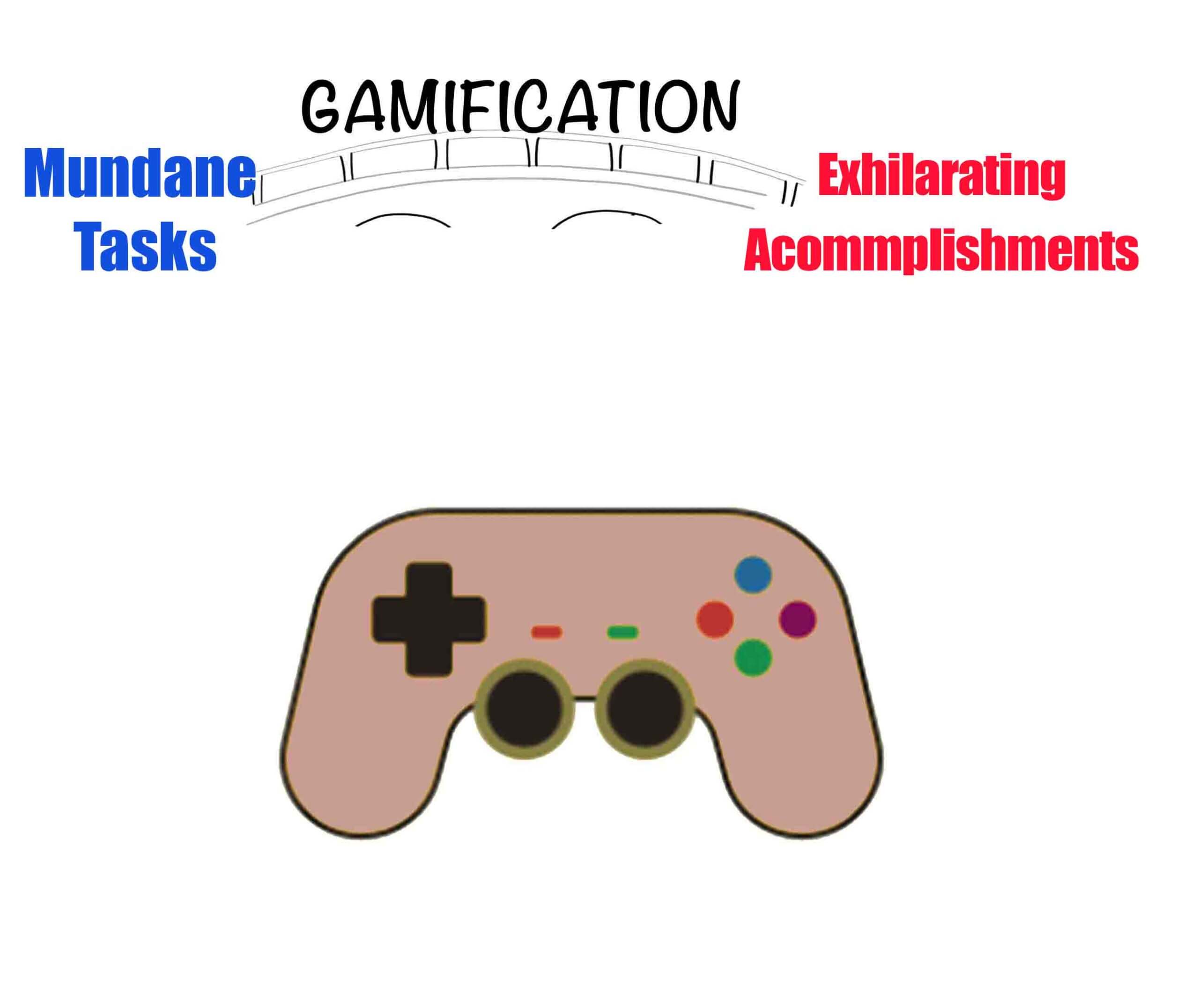
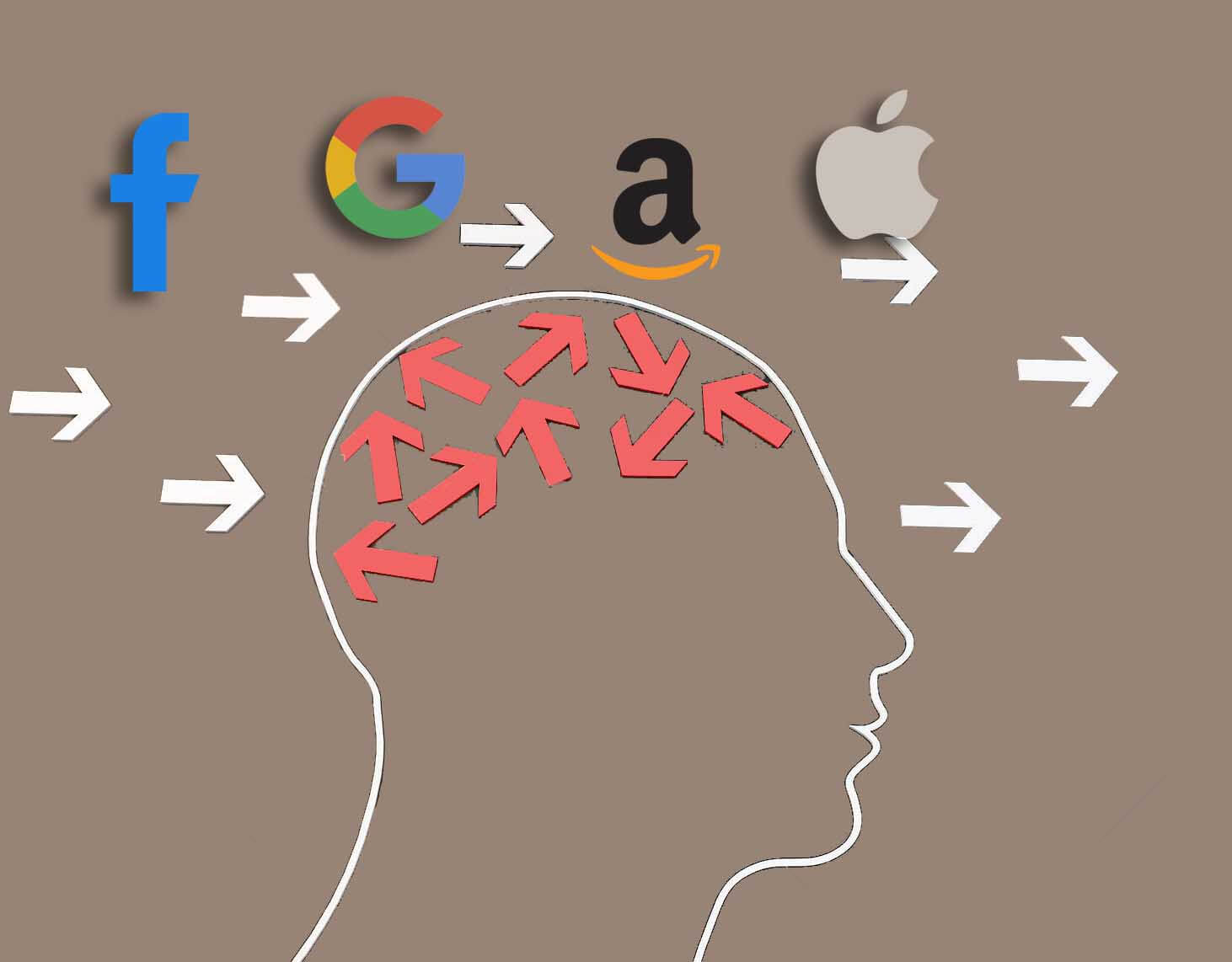
 Swipe for more stories
Swipe for more stories
Comments